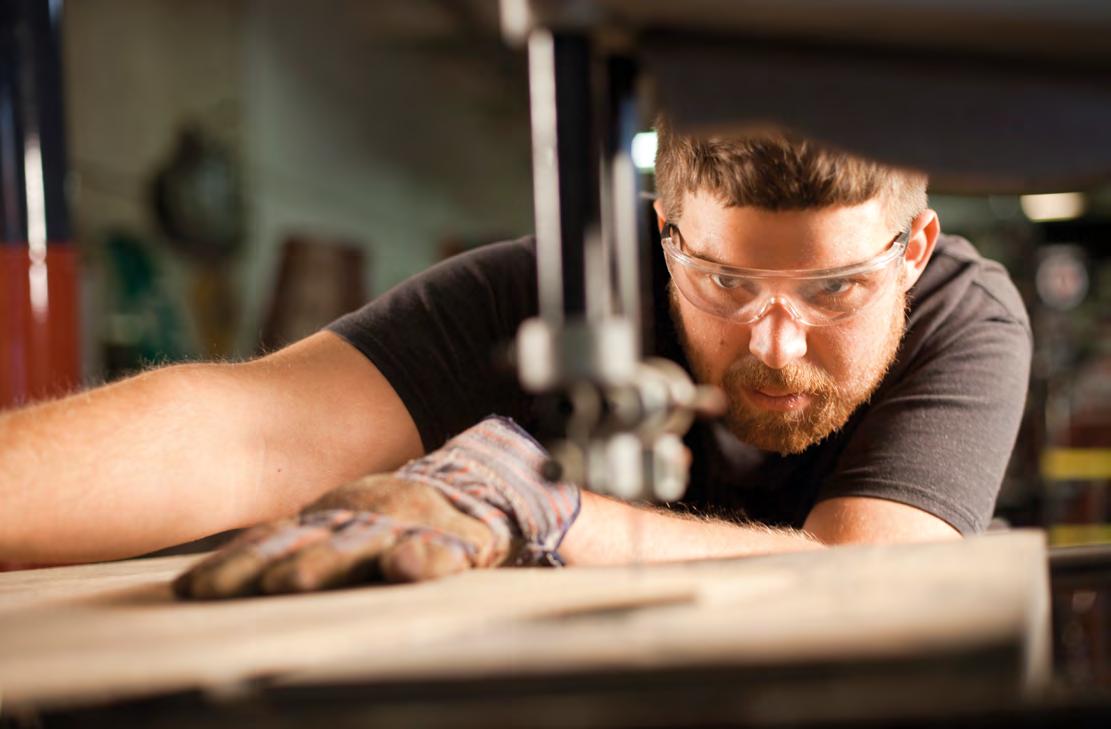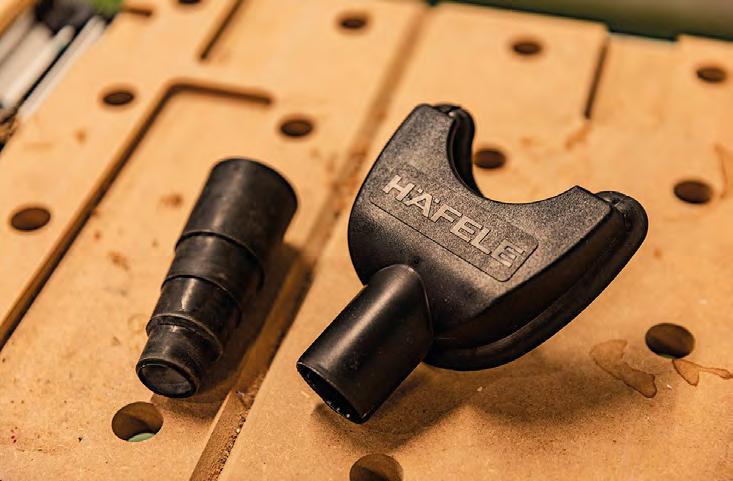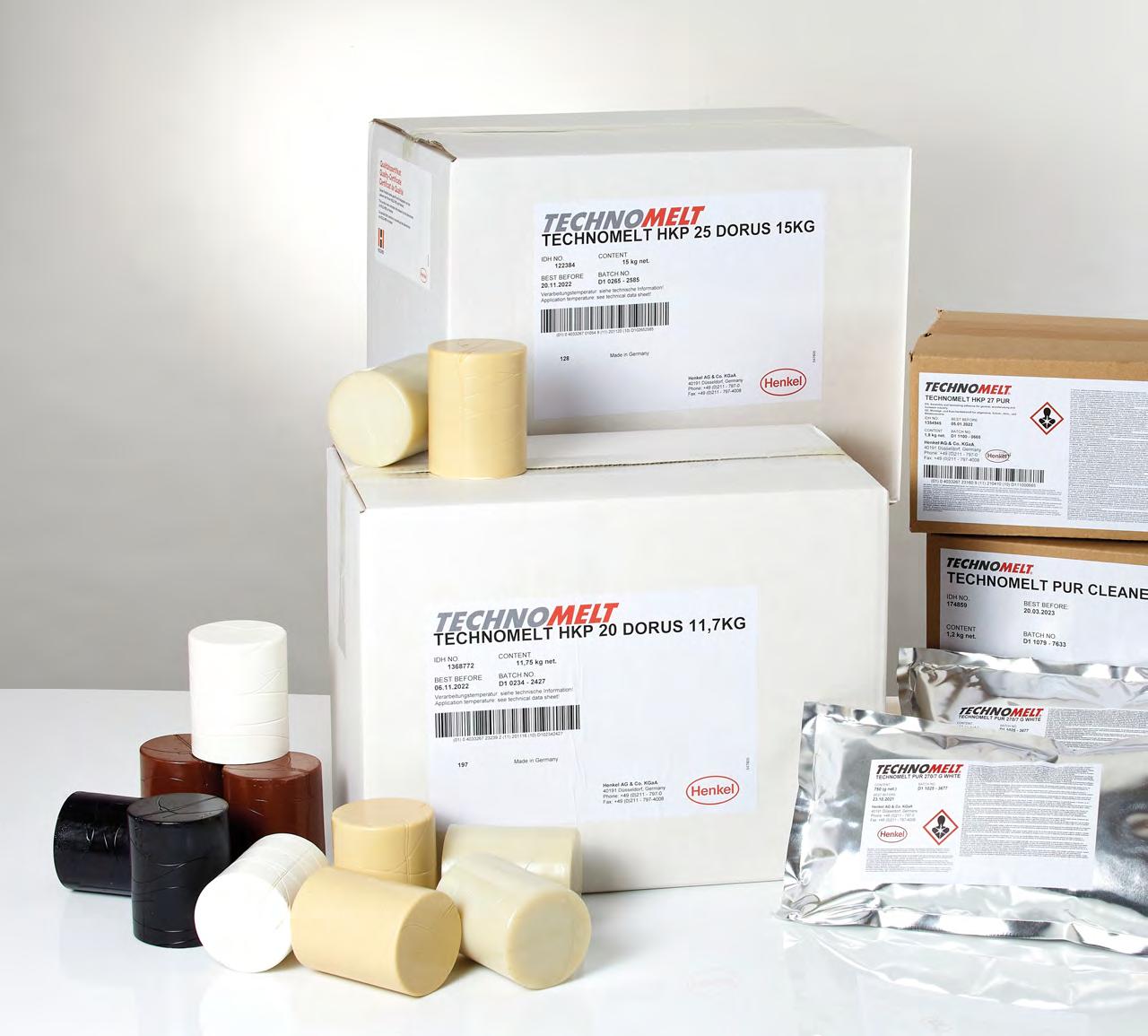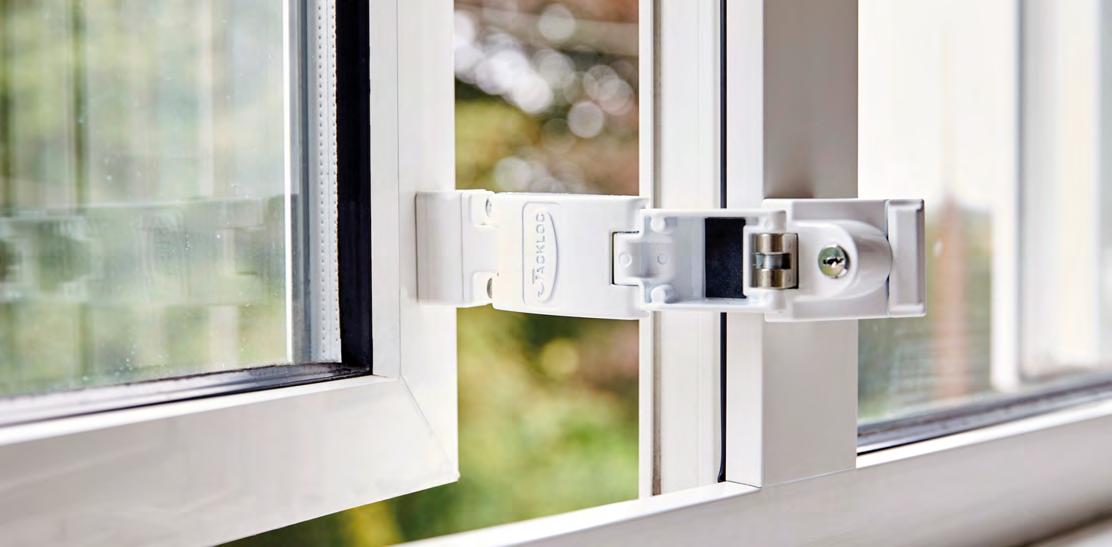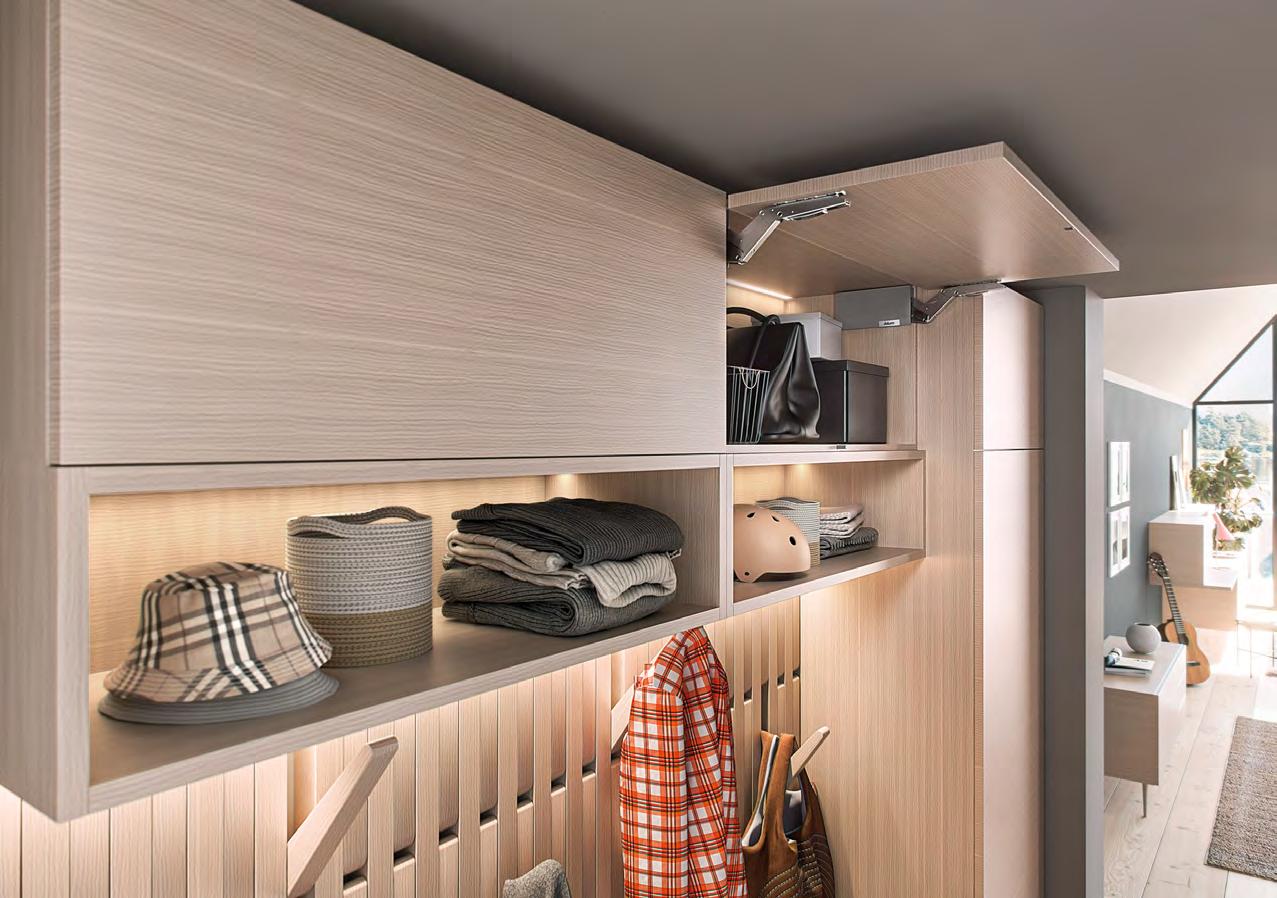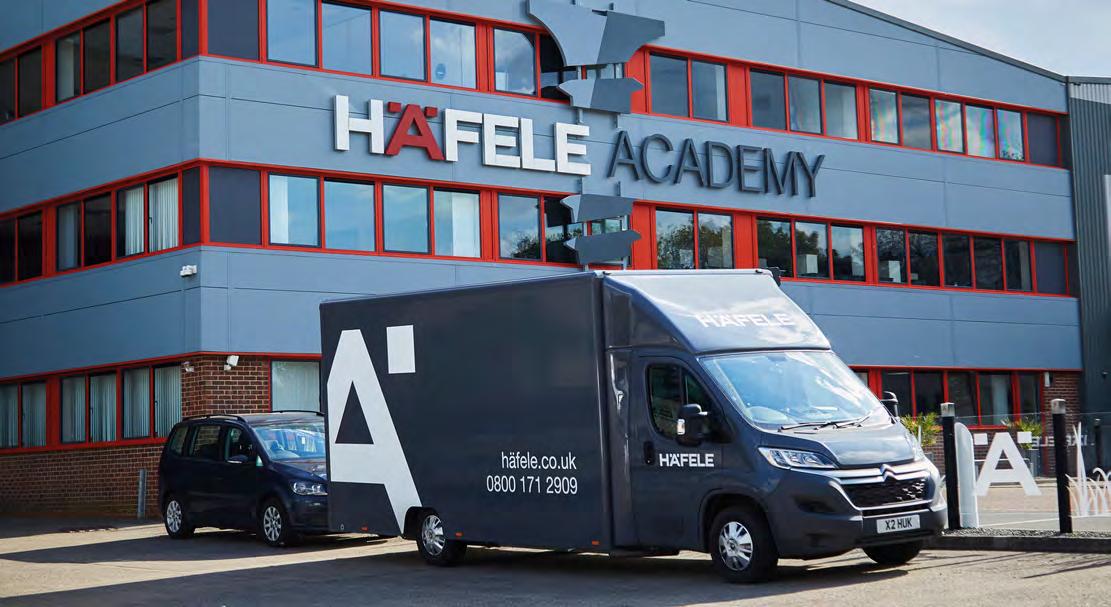
2 minute read
Salvamac SalvaPush 2000: a wood cutting system for Industry 4.0
The woodworking processing industry’s evolution to a fully digital environment has seen technology improve by leaps and bounds. Launched in early 2019 by Salvamac’s CrossCutting Division, as an evolution of more of 20 years in the field, which focuses on the cutting and optimisation of wood, SalvaPush 2000 is the group’s flagship cross-cutting optimising saw. SalvaPush 2000 is ideally suited to cut single wood pieces with length optimisation, as well as to cut boards using a prefixed cutting cycle. It can be applied for use in a range of solid wood market segments such as windows and doors; furniture; beams and houses; flooring; sofas; glue panels and lamellar wood; pallets; garden furniture; and children’s toys, among others.
The machine can be easily integrated with other machinery and data within a factory as it can receive cutting lists directly from the office, and connect to multi-blade machines or moulders via automatic loading and unloading systems. The instantaneous graphics and a large touch screen, complemented with digital communication among all electric components, allows easy and fast data entry.

Towards Industry 4.0
Besides easy integration with the company’s management, the recent developments in barcode data importing and the related just-in-time management systems (from the development of the customer’s order to the finished product) make it a unique solution for single-batch production processes.
An operator is able to easily manage a single piece by loading the pieces after reading the relative barcode, and leaving the management to the supervisor – an additional software that manages the entire data process. Flexible and advanced technological solutions allow, in fact, both upstream and downstream communication with the company software.
SalvaPush 2000 comes with a brand new software version easily and completely manageable by anyone, like a Smartphone, with website graphics and all the convenience of data setting of a large touch screen, all electronic components being connected in digital communication.
Moreover, there are new exclusive mechanical solutions both for the cutting and the pusher systems that become part of the complete digital management of the machine communication systems, not only within their electronic components, but, above all, towards external IT systems.
The application of Salvapush 2000 in the construction component and special pallet sectors fully confirms the recent developments. The new exclusive mechanical solutions are also present in both the cutting and pushing systems. A special system, with a 55mm wide toothed belt and 33 strips of hard steel, allows high precision and capacity. The aluminium beam is big and solid; at a height of 135mm and width of 120mm, it is fixed in a steel structure in two parts for better solidity and reliability. The beam is also covered and protected by a special steel cover. All this guarantees a long machine life with no dust and service issues.

Case in point
The production of sofas is sometimes is a complicated process due to the variety of models offered. A small batch size or even ‘batch size 1’ is also not uncommon; it is thus necessary to work job by job. Compared to older and more traditional cutting systems, the SalvaPush 2000 has become a cost-cutting machine for a major producer. The yield of the wood has increased about 9%, the number of operators needed is about half than before, and they no longer need skilled operators – cutting can be done in complete safety and statistical data can be easily generated.

Creator Christian Salvador defines Salvapush 2000 as a real revolution in the market approach.
“Our network and its strength will allow us to introduce new products for the solid wood industry, but at a price that allows more companies to choose the technological path. The strategy is clear: to optimise the process and use every possible ‘country advantage’ to produce machines with the highest quality and affordable prices for the customer.”




